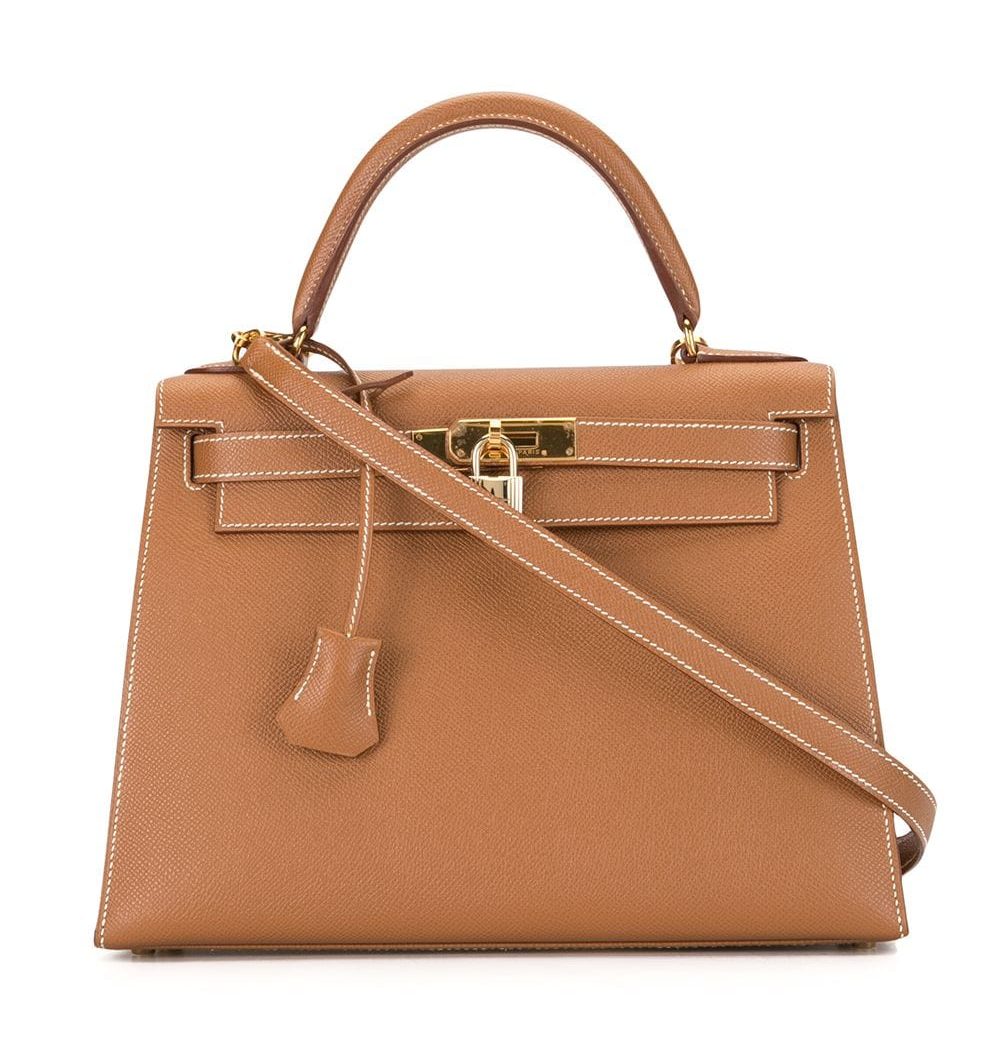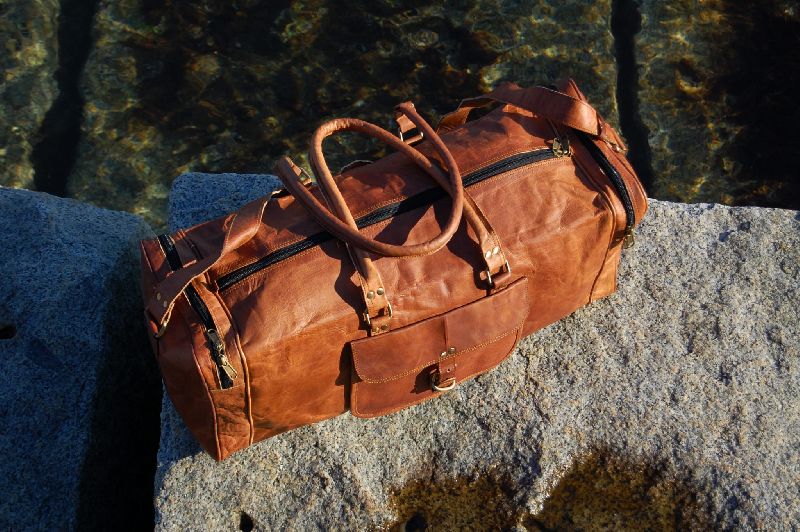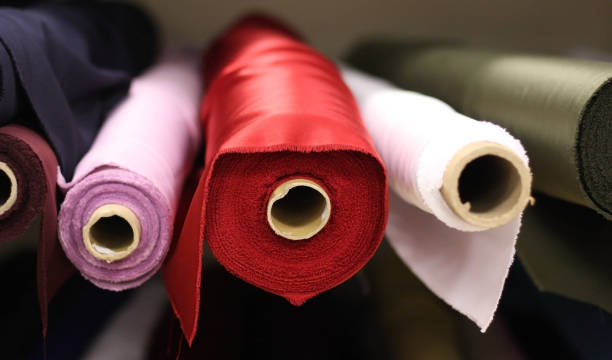Pebbled leather is real leather characterized by a raised, textured grain. This durable finish, created by embossing or tumbling the hide, is prized for its scratch resistance and supple feel.
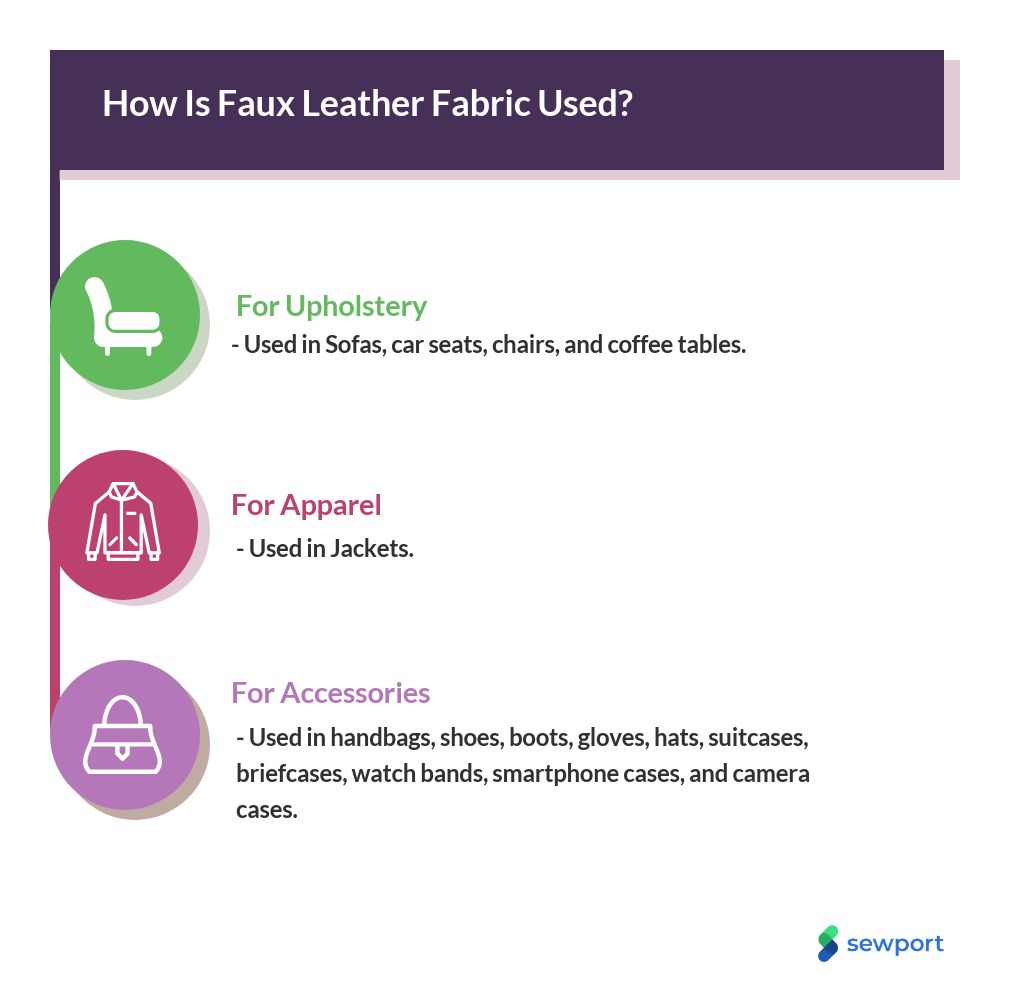
Table of Contents
- Understanding Pebbled Leather’s Distinctive Texture
- How Is Pebbled Leather Crafted?
- What Are the Key Properties of Pebbled Leather?
- Is Pebbled Leather Real Leather? The Quality Spectrum
- Where Is Pebbled Leather Commonly Used?
- Comparing Pebbled Leather to Other Finishes
- How to Care for Your Pebbled Leather Goods
- Why Choose Pebbled Leather for Your Accessories?
Understanding Pebbled Leather’s Distinctive Texture
Pebbled leather, often called grained leather, is distinguished by its unique, bumpy texture that resembles small, uniform pebbles. This surface is not just a stylistic choice; it imparts a unique combination of softness and resilience to the material. Unlike smooth leather, which showcases a flat, uninterrupted surface, the pebbled finish offers a dynamic tactile experience and a distinct visual appeal. The grain can vary from a fine, subtle pattern to a more pronounced and deep texture, depending on the manufacturing process and the desired outcome.
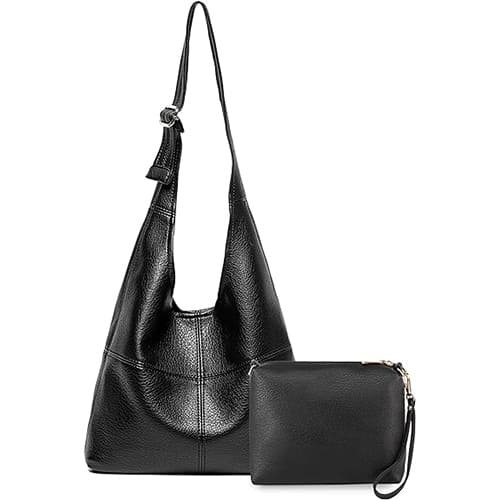
This texture makes the leather exceptionally practical for everyday use. The raised grain helps to conceal minor scuffs, scratches, and imperfections that can easily mar a smoother finish. This inherent resilience makes it a favored material for items that endure regular handling, such as handbags, wallets, and footwear. The texture also gives the leather a more casual and approachable aesthetic compared to the formal appearance of patent or highly polished smooth leathers, making it a versatile choice for a wide range of products.
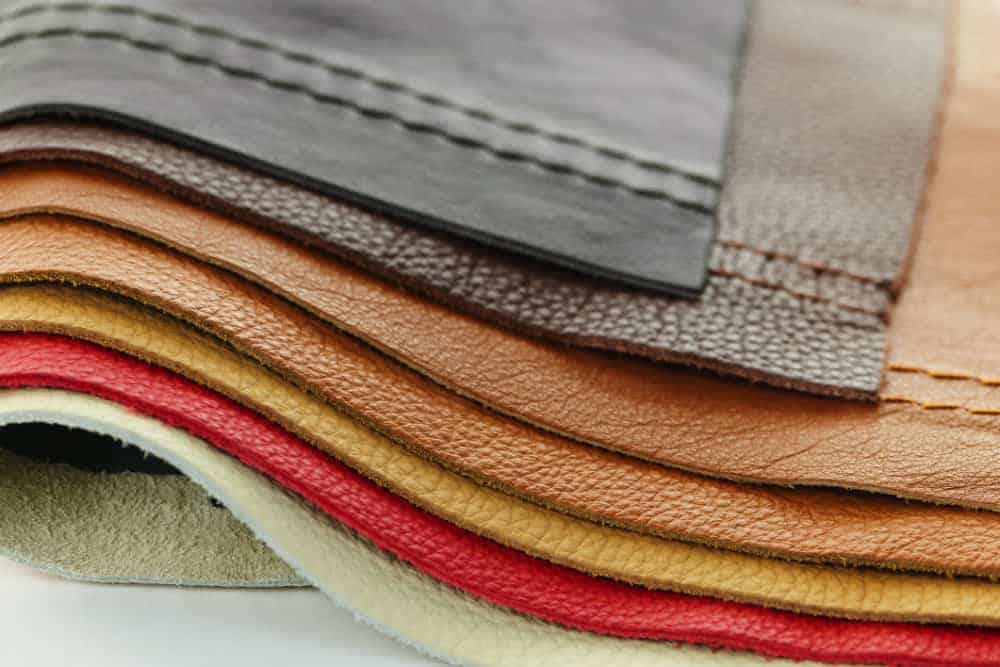
How Is Pebbled Leather Crafted?
The characteristic pebbled surface is not a natural feature of the animal hide. Instead, it is a deliberate finish applied during the tanning and finishing process. There are two primary methods used to create this desirable texture, each yielding slightly different results in terms of uniformity and feel.
The Embossing Method
The most common and controlled technique for creating a pebbled finish is embossing. After the hide has been tanned and prepared, it is passed through a machine with a heavy metal plate engraved with a pebble-like pattern. Under immense pressure and heat, this plate is pressed onto the leather’s surface, permanently stamping the grain into the material. This method ensures a consistent and uniform pattern across the entire hide.
Embossing is highly efficient and allows manufacturers to create a variety of textures, from very fine to quite large pebbles. It is also often used on corrected-grain leather, where the original grain has been sanded down to remove imperfections. The embossing process then applies a new, artificial grain to create a flawless and uniform appearance.
The Tumbling Method
A more traditional and organic method involves tumbling the leather. In this process, large pieces of tanned hide are placed inside a massive drum and tumbled for several hours. As the leather repeatedly falls and folds upon itself, the natural grain pattern is enhanced and raised, creating a soft, pliable hide with a less uniform, more random pebbled texture. This process is often reserved for higher-quality, full-grain leathers, as it works with the hide’s natural characteristics rather than imposing an artificial pattern upon it.
Leather that has been pebbled through tumbling is often exceptionally soft and supple from the start, as the process also helps to break down the fibers. The resulting pattern is more organic and can be a sign of a premium material where no correction was needed.
What Are the Key Properties of Pebbled Leather?
The appeal of pebbled leather goes far beyond its appearance. The manufacturing process endows it with several functional properties that make it a superior choice for many applications, combining aesthetic charm with practical robustness.
Enhanced Durability and Scratch Resistance
Perhaps the most celebrated quality of pebbled leather is its durability. The textured surface is naturally resistant to scuffs and scratches. Minor abrasions that would be highly visible on a smooth leather surface tend to blend into the existing grain pattern of pebbled leather, making it an excellent material for items that see heavy daily use. This resilience ensures that products made from it maintain their new look for a longer period, even with frequent handling.
A Supple and Soft Feel
Despite its toughness, pebbled leather is remarkably soft and flexible. The process of either tumbling or embossing helps to break in the hide, resulting in a material that is pliable and pleasant to the touch from day one. This softness adds a layer of comfort and luxury, making it ideal for products like shoes, bags, and upholstery that are meant to be handled or worn.
Aesthetic Versatility
Pebbled leather offers a unique balance between casual and sophisticated. Its texture adds visual interest and depth, preventing the material from looking flat or plain. It can be dyed in a vast array of colors, and the way light plays across its textured surface can enhance the richness of the hue. This makes it a versatile choice for designers, suitable for everything from professional briefcases to relaxed weekend totes.
Is Pebbled Leather Real Leather? The Quality Spectrum
A common question is whether pebbled leather is genuine. The answer is a definitive yes, it is real leather. However, the term “pebbled” refers to the finish, not the quality of the underlying hide. The pebbling process can be applied to various grades of leather, and understanding this distinction is key to identifying a high-quality product.
Full-Grain and Top-Grain Pebbled Leather
The highest quality pebbled leather is made from full-grain or top-grain hides. Full-grain leather is the top layer of the hide with its natural grain intact, making it the strongest and most durable type. When full-grain leather is pebbled (often through tumbling), it retains its inherent strength while gaining a soft, textured surface. Top-grain leather has had the very top layer sanded or buffed to remove imperfections, and a pebbled texture is then embossed onto it. Both are excellent choices for premium goods.
Corrected-Grain and Genuine Leather
Lower-quality hides, often referred to as corrected-grain or genuine leather, can also be given a pebbled finish. In these cases, the natural surface may have significant imperfections that are sanded away. An artificial pebbled pattern is then embossed to create a uniform look and conceal the underlying quality. While still real leather, these products will not have the same longevity or develop the rich patina associated with full-grain or top-grain alternatives.
Where Is Pebbled Leather Commonly Used?
Thanks to its blend of durability, softness, and aesthetic appeal, pebbled leather is a mainstay in the fashion and accessories industry. Its robust nature makes it a perfect material for products that need to withstand the rigors of daily life.
You will frequently find pebbled leather used for:
- Handbags and Totes: Its resistance to scratches and its ability to hold its shape make it a go-to choice for luxury and everyday bags.
- Wallets and Small Accessories: For items that are constantly handled, like wallets and keychains, the pebbled finish helps mask wear and tear.
- Footwear: Shoes and boots made from pebbled leather are durable and can better withstand scuffs and inclement weather.
- Upholstery: In furniture, pebbled leather provides a durable and easy-to-clean surface that is both comfortable and stylish.
- Briefcases and Portfolios: The texture lends a professional yet modern look to business accessories, while offering the necessary durability for daily commutes.
Comparing Pebbled Leather to Other Finishes
To better understand its unique place in the world of leather, it is helpful to compare pebbled leather to other common types of leather finishes. Each has its own set of characteristics tailored to different uses and aesthetic preferences.
| Leather Type | Texture | Scratch Resistance | Primary Characteristic |
|---|---|---|---|
| Pebbled Leather | Raised, grainy bumps | High | Durable, soft, and hides imperfections. |
| Smooth Leather | Flat, even, non-textured | Low | Elegant and formal; develops a unique patina but shows scratches easily. |
| Saffiano Leather | Cross-hatch pattern (stamped) | Very High | Extremely resistant to scratches and water; very structured and rigid. |
| Suede | Napped, fuzzy | Very Low | Very soft and delicate; highly susceptible to stains and water damage. |
| Patent Leather | High-gloss, plastic-like finish | Moderate | Waterproof and shiny; can be prone to cracking or scuffing over time. |
How to Care for Your Pebbled Leather Goods
Proper maintenance is essential to preserving the beauty and longevity of your pebbled leather items. Fortunately, its textured surface makes it relatively low-maintenance compared to more delicate leathers. Following a simple care routine will keep your products looking their best for years.
Routine Cleaning
For regular upkeep, simply wipe the leather with a soft, dry cloth to remove dust and dirt. For minor spills or stains, use a slightly damp cloth and wipe gently. The crevices of the pebbled texture can trap dirt, so it is important to be thorough. Avoid using harsh chemical cleaners, as they can strip the leather of its natural oils and damage the finish.
Deep Conditioning
Every 6 to 12 months, it is a good idea to apply a high-quality leather conditioner. This will replenish the moisture in the hide, keeping it supple and preventing it from drying out or cracking. Apply a small amount of conditioner to a soft cloth and rub it into the leather using gentle, circular motions. Be sure to test the conditioner on an inconspicuous area first. After application, let it sit for a few minutes before buffing off any excess with a clean, dry cloth.
Storage Tips
When not in use, store your pebbled leather goods in a cool, dry place away from direct sunlight, which can cause fading. If you are storing a bag, stuff it with tissue paper to help it maintain its shape. Using a dust bag will provide an extra layer of protection against dust and potential scratches.
Why Choose Pebbled Leather for Your Accessories?
Choosing pebbled leather is a decision that favors both style and practicality. Its inherent durability means your investment is protected against the unavoidable wear and tear of everyday life. The soft, luxurious feel adds a touch of quality that elevates any item, from a wallet to a weekender bag. It is a material that performs exceptionally well without demanding constant attention.
At Beldtura Leather, our philosophy is built on using only the finest materials, with a deep focus on full-grain leather that stands the test of time. The best pebbled leather originates from high-quality full-grain hides, where the texture enhances the material’s natural strength rather than hiding its flaws. This commitment to superior starting materials is the foundation of true craftsmanship. While our collections showcase a range of hand-finished full-grain leathers, the principles of durability and timeless quality found in premium pebbled leather are at the very core of every product we create. An accessory crafted from quality leather is not just a purchase; it is a long-term companion in your daily journey.

